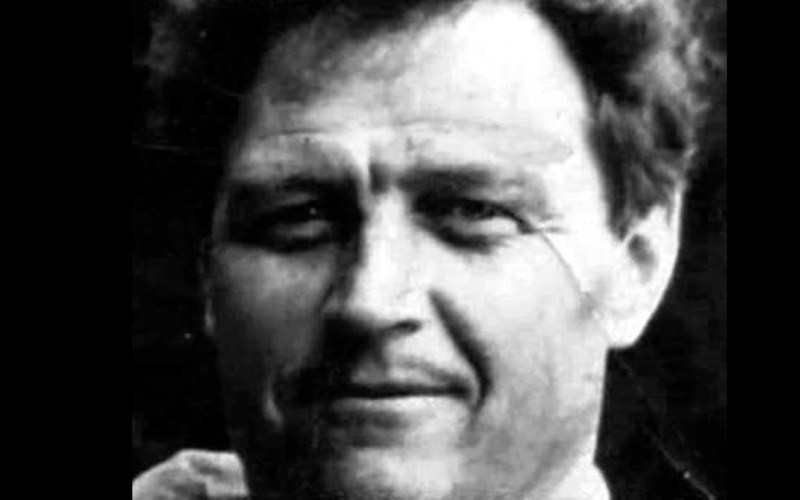Anatoly Slivko was a notorious figure in Soviet criminal history, known for his grim legacy as a serial killer and sexual predator during the Soviet era. His life and crimes provide a vivid example of how a seemingly ordinary life can mask deeply disturbing activities. This exploration delves into his background, his modus operandi, and the eventual capture and conviction that ended his reign of terror.
Beginning Years and Background
Anatoly Yemelianovich Slivko came into the world on December 28, 1938, in the Soviet Union. His formative years were generally uneventful, giving him the outward look of a normal individual. Yet, underneath, Slivko nurtured sinister illusions that would later come to light through his offenses. In his adulthood, he resided in Nevinnomyssk, a small town where he was actively involved in the community, even founding a youth club there.
Operating Method
The offenses committed by Slivko were especially atrocious because of their deliberate execution and his misuse of authority within the society. He preyed on young males, attracting them with the false promise of engaging in club gatherings or movie projects. Sadly, his real plans were anything but harmless. Disguised as innocent activities, Slivko would persuade the boys to engage in perilous games that could lead to deadly outcomes. His techniques included strangling, intended to make the victims lose consciousness. Slivko would then engage in unsettling actions with the victims’ bodies, meticulously recording these acts through film and photography.
Mental Assessment
Examining Slivko’s psyche reveals a complex intertwining of deviant sexual impulses and power dynamics. His actions were driven by a combination of necrophiliac tendencies and a desire for domination. Each crime was meticulously planned, showcasing a chilling level of premeditation. His fixation included a vivid recollection of a traumatic childhood event involving witnessing a car accident, which he later claimed as inspiration for his methods.
The Investigation and Capture
The collapse of Slivko began with the vanishing of multiple boys in the area, which stirred suspicion among local residents and police forces. Even though there was initially insufficient proof connecting him to the offenses, officials persisted in probing his actions. The case was cracked open when visual recordings and photographic proof were unearthed, clearly associating Slivko with the horrifying acts. His 1985 capture signified the conclusion of his murder spree that lasted more than twenty years.
Testing and Verdict
The trial of Anatoly Slivko was a significant event, revealing the extent of his crimes to the public. In court, Slivko admitted to the murders of seven boys, although many believe the true count could be higher. The trial exposed his methodical approach to the crimes and his lack of remorse further shocked the community. In 1986, Slivko was convicted and sentenced to death, a verdict that was carried out in 1989. His execution closed a dark chapter in Soviet criminal history.
Contemplating the life and offenses of Anatoly Slivko provides a stark warning about the potential for malevolence in people who appear to be normal or even kind-hearted. The blend of trust and deceit in his actions highlights the importance of being alert and implementing protective measures, even in places that seem secure. Slivko’s story acts as a serious lesson on the extent of human wickedness and the strength of judicial systems in holding such offenders responsible.
